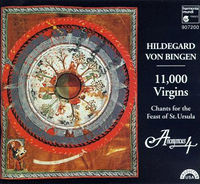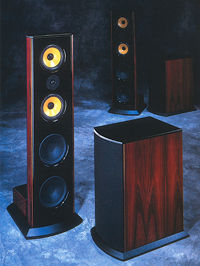<I>Twice a year, </I>Stereophile<I> brings some of its writers out to Santa Fe, New Mexico, to discuss the compilation of the magazine's "Recommended Components" listing, the most recent of which appeared in the October issue. Following a comment from Will Hammond, John Atkinson's collaborator on the <A HREF="http://www.stereophile.com//features/113/">recent amplifier blind listening tests</A>, that the magazine's readers would love to eavesdrop on the conversations that take place on these occasions, it seemed a good idea to tape (footnote 1) some of the discussions and publish the transcript as this month's "As We See It" (footnote 2). Accordingly, Lewis Lipnick, Gary A. Galo, Robert Harley, Thomas J. Norton, Guy Lemcoe, Richard Lehnert, Dick Olsher, Peter Mitchell, Robert Deutsch, J. Gordon Holt, Larry Greenhill, John Atkinson, and Arnis Balgalvis all gathered in LA's palatial listening room one August Saturday. JA set the ball rolling by asking the assembled writers where they thought </I>Stereophile<I> had been, where it was, and where they thought it </I>should<I> be going, particularly in view of Robert Harley joining the magazine as Technical Editor.</I>



